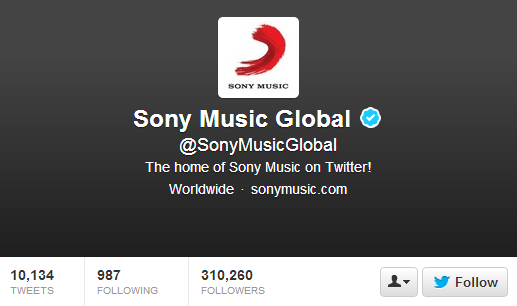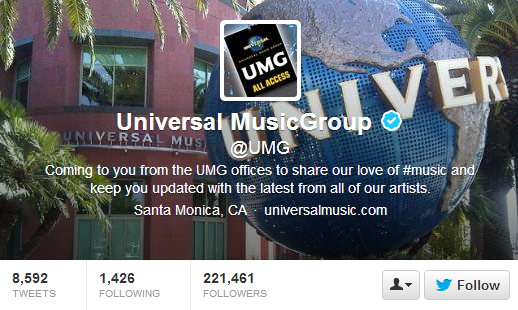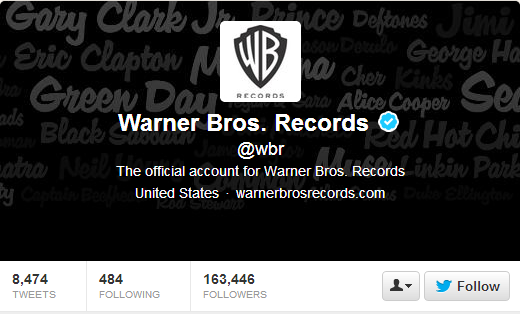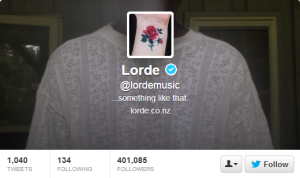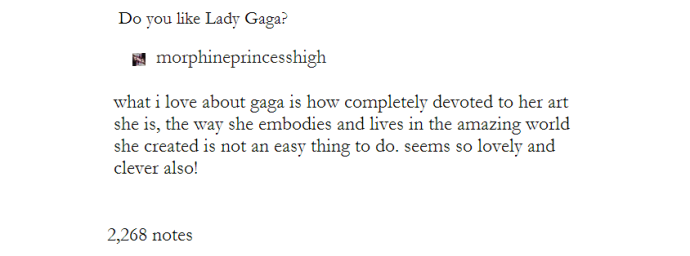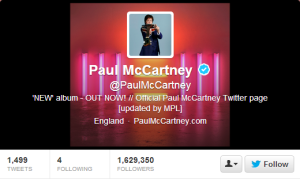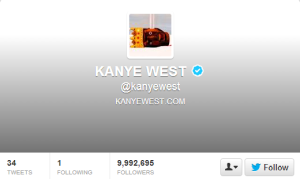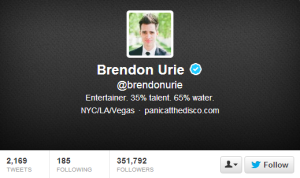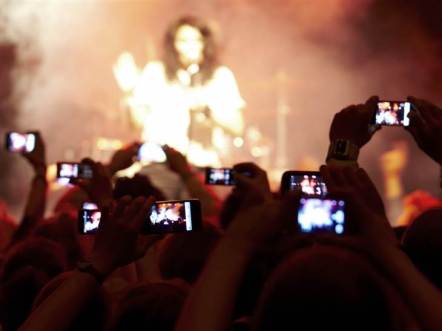
Photo: Henrik Sorensen / Getty Images
This is the first of a two part series entitled “Concerts in the cloud”. The series looks at the effectiveness and ethics of connecting live performances to the internet. As far as mass communication goes, there is nothing more broad and reaching than the collective known as “the internet”. With that said, are certain important values of live performance lost in the transmission from live to digital? Part one breaks down the ethics and aid of fans self recording segments of a concert, and then uploading it to the digital cloud of YouTube, Facebook, etc.
Let’s face it, most of the concert-going crowd today almost always have a smart phone glued to their palm. Just like any other outing, people see concerts as something that needs to be Tweeted, Instagrammed, Facebooked and captured by pictures and videos, lest it be forgotten. It is almost as if people believe that if no one sees or hears that they went to a concert, then it never happened. That may contribute to the sea of camera flashes and social media updates that occur at any given point during a concert. And while recording video is the most tangible and multimedia means of immortalizing a concert experience, live tweeting the band’s every move can also greatly add or take away from the performance. Is this necessarily a bad thing? Are there advantages to documenting concert going experiences with YouTube uploads and an abundance of pictures? Some vehemently oppose the glowing screens plaguing the sea of attendees, while some offer tips on how to do it better!
First we can talk about the upsides to connecting a live performance to the digital world. A reported 64% of teenagers discover new music from YouTube. Although this statistic doesn’t say what amount of music are fan-recorded videos of live performances, the fact that over half of teenagers lean on YouTube to discover music is telling. According to this infographic from Forbes, 72 hours of video are uploaded to the internet every minute. Even if a small percentage of that number is concert footage, that is still a staggering amount.
YouTube is artist friendly with their suggestive sidebars, so it is easy to go from one performance to the next, even if you’ve never heard of the band. This type of promotion is nearly unparalleled. On paper, seeing the amount of music that is reaching potential fans sounds great. Apart from YouTube, updates on social networks about what concert you’re attending can be very useful. One of the biggest goals of any musician is to generate a conversation among a community of people. Letting all of you friends and followers know how excited you are to go see ____ gets their name and image out there.
Additionally, for avid fans of a certain musician, there is something so attractive about a live performance. I peruse YouTube like I’m lacking oxygen and it supplies a never-ending tank of the sweet stuff. Listening to a live version of a song on YouTube is hearing it in a whole new light. Instead of just hearing the studio version of a song dubbed over a lyric or music video, watching a live version adds a whole new level of entertainment. Rather than just an audio track, there is live performance, natural vocals and the aspect of crowd interaction. If you’re on the fence about going to see an artist live, and they have incredible live sound and stage presence, then that online video is the push needed for someone to garner an extra fan.
To wrap up the positives, having fans upload concerts to the internet increases exposure, which is almost always a good thing. And viewing live videos online provide a deeper form of entertainment, and can convince listeners of that artist’s talent.
Now, onto the negatives. Unfortunately for the self-proclaimed tech savvy teen, few like people hiding behind cell phones at concerts. A quick Google search of “Cell phones at concerts” will yield a high amount of negative opinions on the matter. Also found on the aforementioned Forbes infographic is the statistic that, out of every 100 concert goers, 47% of them will be texting and 32% will be updating their Facebook/Twitter accounts. Neither of those directly equate to recording video, but the precept is the same: a lot of people are utilizing their phones in the midst of a concert.
The arguments against using a cell phone to transmit a concert experience into megabytes, pixels and statuses can be summed up with three general statements.
The first is that it takes away from the experience for the person behind the smartphone. A concert is something that you probably paid a decent amount of money for. Spending your few hours worrying about getting the right sound, lighting, focus, etc. distracts you from the thing you actually paid for! If you want to experience the concert, then experience it! Don’t try and fervently document it.
Secondly, focusing on storing the concert in your phone every way possible does a disservice to the artists you’re watching. Artists like Wilco and the Black Crows ask their fans to refrain from using their phones to take photos or videos at their shows. Musicians want to play to the beautiful faces of their endearing fans, not the shiny lens of a camera phone. Also, uploading concert footage takes away from the intimacy of a live show, which leads to the third point.
Potential fans deserve to get the full experience of a concert. When thousands of live videos are easily accessible online to view, they build expectations for these shows. Sure, you could say if they don’t want to ruin the mystery of the concert they don’t have to watch the videos, but that’s like dangling a juicy slab of meat in front of a ravenous pit bull.
The debate of whether fans should use their smartphones to capture a concert is back and forth, especially among fans. Some religiously assess the situation, basically insisting that respect for artists and other concert goers must be taken into account.
With all of that said, the ethics is up in the air, but where does the effectiveness of promotion and building fan bases lay when cell phones are involved at concerts? If you value numbers, then shooting video after video may seem advantageous. That may come at the cost of the hollowed ground of intimate live performances, though.
What are your thoughts?
Check back next week for part 2, which takes a look at services and websites that consentingly live stream concerts and performances.


